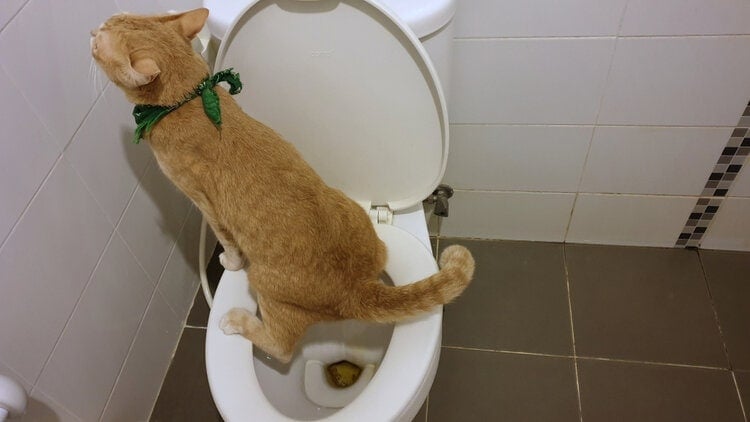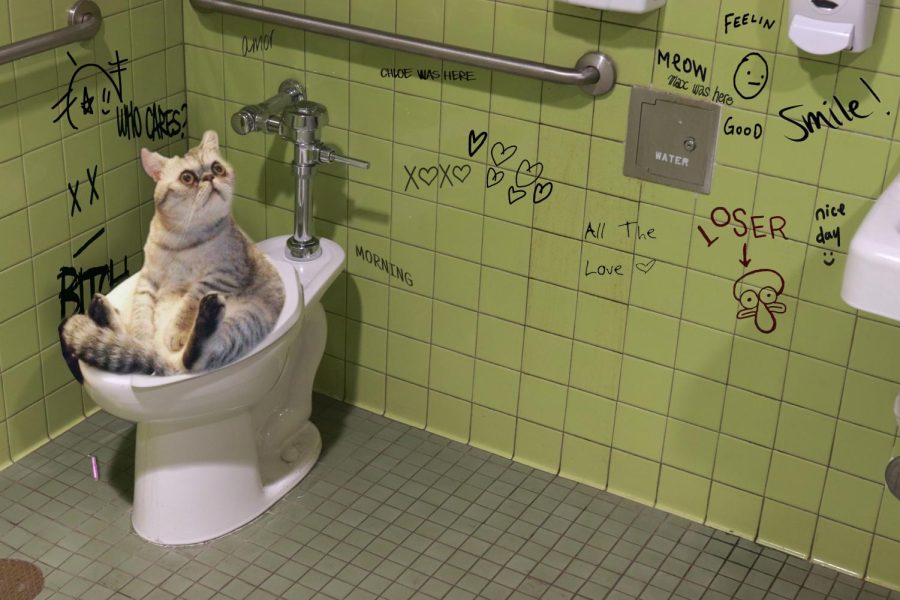Almost everyone maintains their private piece of advice about Don’t flush cat feces down the toilet.

Intro
As pet cat proprietors, it's necessary to be mindful of exactly how we throw away our feline friends' waste. While it may seem practical to purge pet cat poop down the bathroom, this practice can have harmful repercussions for both the atmosphere and human health and wellness.
Ecological Impact
Purging cat poop introduces unsafe virus and bloodsuckers right into the water, posing a considerable danger to water environments. These pollutants can adversely affect marine life and compromise water quality.
Health Risks
Along with ecological problems, purging feline waste can likewise position wellness threats to human beings. Pet cat feces may include Toxoplasma gondii, a parasite that can cause toxoplasmosis-- a potentially extreme ailment, specifically for expecting females and people with weakened immune systems.
Alternatives to Flushing
The good news is, there are much safer and much more liable means to take care of feline poop. Think about the following alternatives:
1. Scoop and Dispose in Trash
One of the most typical technique of disposing of pet cat poop is to scoop it into a biodegradable bag and toss it in the garbage. Make sure to use a committed trash scoop and take care of the waste immediately.
2. Use Biodegradable Litter
Go with naturally degradable cat clutter made from materials such as corn or wheat. These trashes are environmentally friendly and can be securely gotten rid of in the garbage.
3. Bury in the Yard
If you have a lawn, take into consideration burying feline waste in a designated location away from veggie gardens and water resources. Make sure to dig deep adequate to avoid contamination of groundwater.
4. Mount a Pet Waste Disposal System
Invest in a pet dog waste disposal system especially designed for pet cat waste. These systems use enzymes to break down the waste, lowering odor and environmental effect.
Verdict
Liable animal possession expands beyond giving food and shelter-- it additionally involves appropriate waste monitoring. By refraining from flushing feline poop down the commode and choosing different disposal methods, we can minimize our ecological impact and secure human health.
Why Can’t I Flush Cat Poop?
It Spreads a Parasite
Cats are frequently infected with a parasite called toxoplasma gondii. The parasite causes an infection called toxoplasmosis. It is usually harmless to cats. The parasite only uses cat poop as a host for its eggs. Otherwise, the cat’s immune system usually keeps the infection at low enough levels to maintain its own health. But it does not stop the develop of eggs. These eggs are tiny and surprisingly tough. They may survive for a year before they begin to grow. But that’s the problem.
Our wastewater system is not designed to deal with toxoplasmosis eggs. Instead, most eggs will flush from your toilet into sewers and wastewater management plants. After the sewage is treated for many other harmful things in it, it is typically released into local rivers, lakes, or oceans. Here, the toxoplasmosis eggs can find new hosts, including starfish, crabs, otters, and many other wildlife. For many, this is a significant risk to their health. Toxoplasmosis can also end up infecting water sources that are important for agriculture, which means our deer, pigs, and sheep can get infected too.
Is There Risk to Humans?
There can be a risk to human life from flushing cat poop down the toilet. If you do so, the parasites from your cat’s poop can end up in shellfish, game animals, or livestock. If this meat is then served raw or undercooked, the people who eat it can get sick.
In fact, according to the CDC, 40 million people in the United States are infected with toxoplasma gondii. They get it from exposure to infected seafood, or from some kind of cat poop contamination, like drinking from a stream that is contaminated or touching anything that has come into contact with cat poop. That includes just cleaning a cat litter box.
Most people who get infected with these parasites will not develop any symptoms. However, for pregnant women or for those with compromised immune systems, the parasite can cause severe health problems.
How to Handle Cat Poop
The best way to handle cat poop is actually to clean the box more often. The eggs that the parasite sheds will not become active until one to five days after the cat poops. That means that if you clean daily, you’re much less likely to come into direct contact with infectious eggs.
That said, always dispose of cat poop in the garbage and not down the toilet. Wash your hands before and after you clean the litter box, and bring the bag of poop right outside to your garbage bins.
https://trenchlesssolutionsusa.com/why-cant-i-flush-cat-poop/

I was brought to that article about How to Dispose of Cat Poop and Litter Without Plastic Bags through a good friend on a different website. Sharing is caring. You just don't know, you will be helping someone out. Thanks a lot for your time. Visit again soon.
Schedule Appointment Now